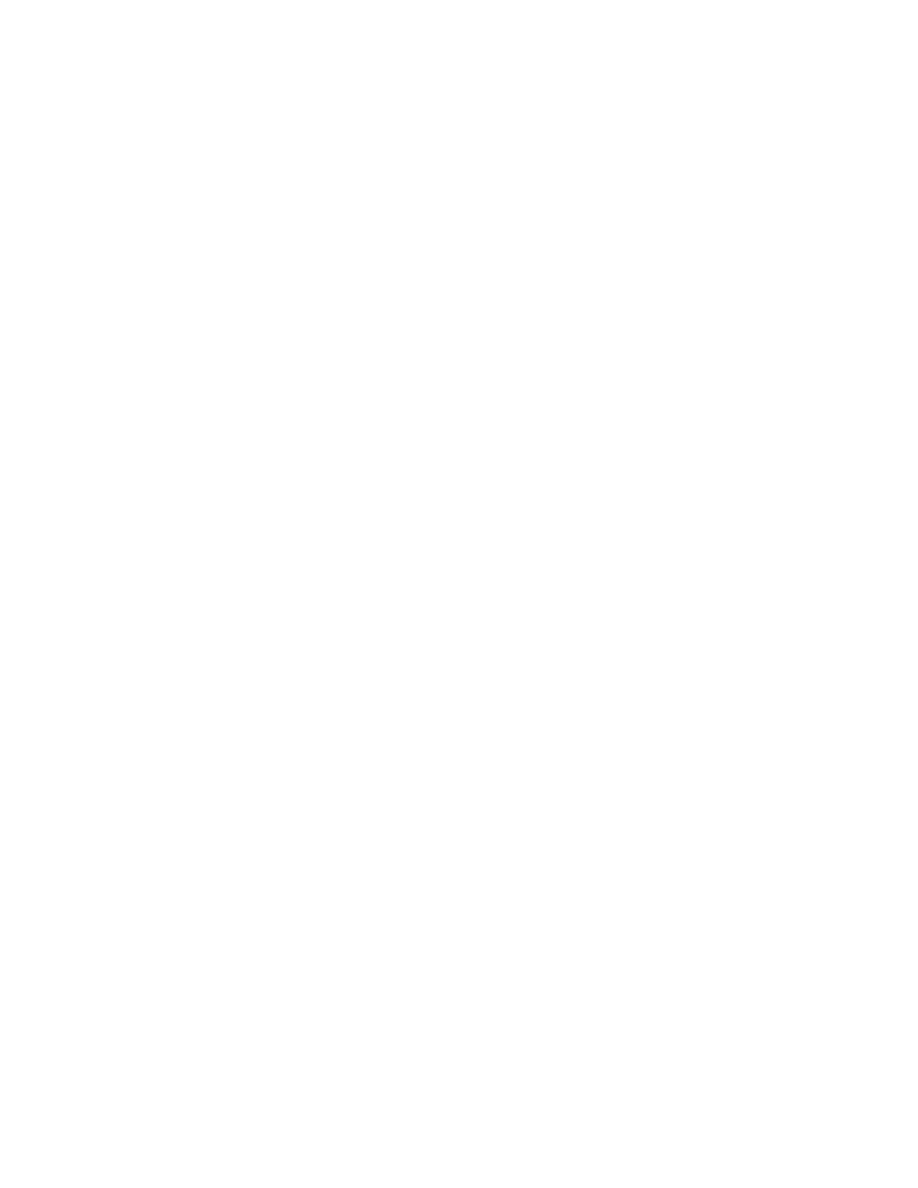Colorado 4WD L5-3.7L (2007)

due to hot soak fuel boiling.
* Verify that adequate fuel is in the fuel tank before proceeding with this diagnostic.
* Before proceeding with this test review the User Manual CH 48027-5 for Safety Information and Instructions.
Fuel Injector Balance Test-Fuel Pressure Test
1. Install a fuel pressure gage.
2. Turn ON the ignition, with the engine OFF.
Important:
* The fuel pump relay may need to be commanded ON a few times in order to obtain the highest possible fuel pressure.
* DO NOT start the engine.
Command the fuel pump relay ON with a scan tool.
3. Observe the fuel pressure gage with the fuel pump commanded ON. The fuel pressure should be 345-395 kPa (50-57 psi).
‹› If the fuel pressure is not 345-395 kPa (50-57 psi), refer to Fuel System Diagnosis. See: Computers and Control Systems/Testing and
Inspection/Component Tests and General Diagnostics
4. Monitor the fuel pressure gage for one minute. The fuel pressure should not decrease more than 34 kPa (5 psi).
‹› If the fuel pressure decreases more than 34 kPa (5 psi), refer to Fuel System Diagnosis. See: Computers and Control Systems/Testing and
Inspection/Component Tests and General Diagnostics
5. Perform the Fuel Injector Balance Test with Special Tool or the Fuel Injector Balance Test with Tech 2.
Fuel Injector Balance Test with Special Tool
1. Set the amperage supply selector switch on the fuel injector tester to the Balance Test 0.5-2.5 amp position.
2. Disconnect the multi-way harness connector C101 of the fuel injectors.
3. Connect the J 39021 using the J 35616 to the ignition circuit terminal A and the control circuit of the appropriate fuel injector listed below:
* Injector 1 terminal D
* Injector 2 terminal E
* Injector 3 terminal F
* Injector 4 terminal B
* Injector 5 terminal C
4. Command the fuel pump relay ON and then OFF three times with a scan tool. On the last command, as the fuel pressure begins to slowly degrade
and stabilize, select a fuel pressure within 34 kPa (5 psi) of the maximum pump pressure. Record this fuel pressure. This is the starting pressure at
which you will pulse each injector.
5. Command the fuel pump relay ON one more time and energize the fuel injector by depressing the Push to Start Test button on the J 39021 at the
previously selected pressure.
6. After the injector stops pulsing, select Min from the Display Mode and record the Min pressure.
Important: New test results will not be recorded if the Min/Max results are not cleared after each injector is tested.
7. Clear the Min/Max results.
8. Select Normal from the Display Mode.
9. Repeat steps 3 and 5 through 8 for each fuel injector.
10. Perform the Pressure Drop Calculation.
Fuel Injector Balance Test with Tech 2
1. Command the fuel pump relay ON and then OFF three times with a scan tool. On the last command, as the fuel pressure begins to slowly degrade
and stabilize, select a fuel pressure within 34 kPa (5 psi) of the maximum pump pressure. Record this fuel pressure. This is the starting pressure at
which you will pulse each injector.
2. With a scan tool, select the Fuel Injector Balance Test function within the Special Functions menu.
3. Select an injector to be tested.
4. Press Enter to prime the fuel system.
5. Energize the fuel injector by depressing the Pulse Injector button on the scan tool at the previously selected pressure.
6. After the injector stops pulsing, select Min from the Display Mode on the CH-48027 and record the Min pressure.
Important: New test results will not be recorded if the Min/Max results are not cleared after each injector is tested.
